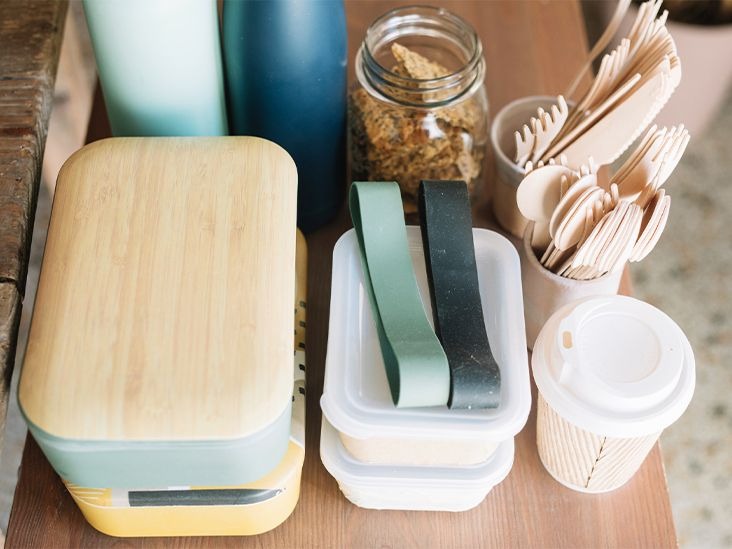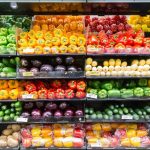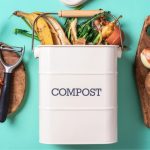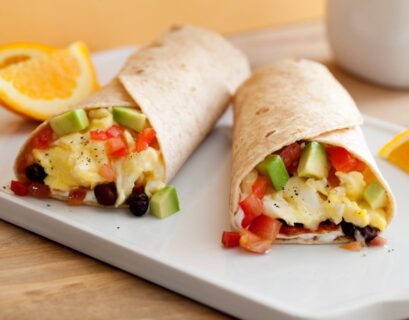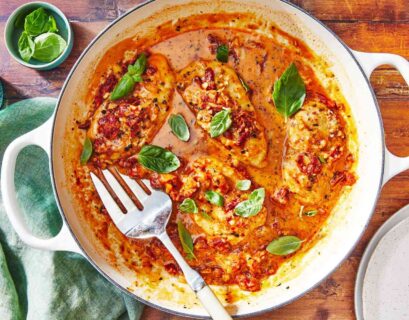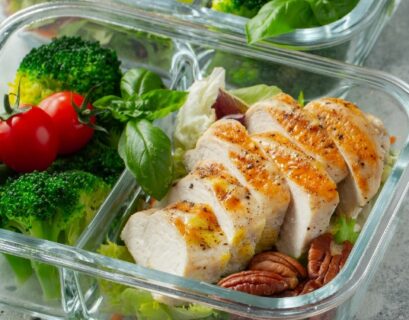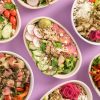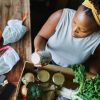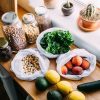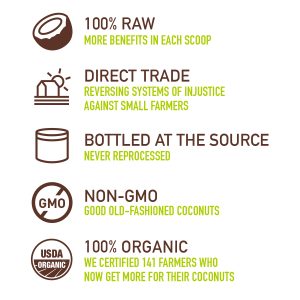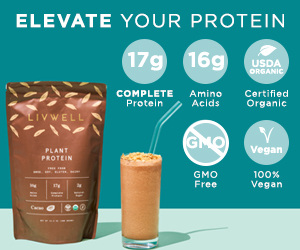In an era marked by growing environmental consciousness, the impact of packaging on our planet has come under increased scrutiny. Food packaging, in particular, has seen a shift toward eco-friendly alternatives as consumers seek sustainable options that minimize waste and environmental harm. In this article, we explore a variety of eco-friendly packaging options for storing and transporting food, aiming to shed light on innovative solutions that contribute to a more sustainable future.
1. Biodegradable Packaging:
Biodegradable packaging materials are designed to break down naturally over time, reducing their environmental impact. Various plant-based materials, such as cornstarch, sugarcane, and bamboo, serve as the foundation for biodegradable packaging. These materials can be used to create containers, plates, and utensils that offer a sustainable alternative to traditional plastics. Biodegradable packaging breaks down into organic matter, leaving behind minimal waste.
2. Compostable Packaging:
Compostable packaging goes a step further than biodegradable options. Compostable materials break down into nutrient-rich compost when subjected to the right conditions, such as those found in industrial composting facilities. Compostable packaging often includes materials like PLA (polylactic acid), derived from plant starch, which can be used for containers, bags, and cutlery. These materials not only reduce waste but also contribute to the creation of beneficial compost for soil enrichment.
3. Reusable Food Containers:
Encouraging the use of reusable food containers is a fundamental approach to reducing single-use packaging waste. Materials like stainless steel, glass, and durable plastics can be used to create long-lasting containers suitable for storing and transporting food. These containers are not only eco-friendly but also cost-effective in the long run, as they eliminate the need for disposable alternatives and contribute to a circular economy.
4. Recycled and Recyclable Materials:
Utilizing recycled materials in food packaging helps reduce the demand for new resources and minimizes the environmental impact. Many packaging options, including paper, cardboard, and certain plastics, can be made from recycled materials. Additionally, choosing packaging labeled as recyclable ensures that, after use, the material can be collected and processed through recycling systems, diverting it from landfills.
5. Edible Packaging:
Edible packaging takes innovation to the next level by creating materials that are not only eco-friendly but also consumable. This includes items like edible films made from seaweed or starch, which can be used to wrap foods or encase single-serving items. Edible packaging eliminates the need for disposal altogether, offering a novel solution that aligns with both sustainability and convenience.
6. Paper-Based Packaging:
Paper remains a versatile and widely used material for eco-friendly packaging. It can be employed in various forms, including paper bags, cartons, and molded pulp containers. Paper-based packaging is often sourced from sustainably managed forests and can be recycled multiple times. Choosing unbleached or recycled paper products further enhances the environmental benefits of this packaging option.
7. Beeswax Wraps:
For wrapping and storing food, beeswax wraps provide a reusable and sustainable alternative to plastic wrap. Beeswax wraps are made by infusing cotton fabric with beeswax, tree resin, and jojoba oil. They can be used to cover food items, bowls, or as a sandwich wrap. Beeswax wraps are washable and can be refreshed with additional beeswax, offering a durable and eco-friendly option for food storage.
8. Glass Jars and Bottles:
Glass remains a classic and eco-friendly option for packaging food. Glass jars and bottles are not only reusable but also fully recyclable. They are suitable for storing a variety of foods, from sauces to dry goods. Glass packaging helps prevent chemical leaching associated with some plastics, and its durability allows for long-term use and reuse.
9. Metal Tins and Containers:
Metal containers, often made from materials like aluminum or steel, provide a robust and reusable option for food packaging. Metal tins, cans, and containers are widely used for preserving and transporting various food items. Metal is highly recyclable, and the recycling process requires less energy compared to producing new metal, making it an eco-friendly choice.
10. Hemp-Based Packaging:
Hemp fibers are increasingly being utilized in sustainable packaging solutions. Hemp-based materials are biodegradable and can be used for various types of packaging, including bags and containers. Hemp cultivation is known for its minimal environmental impact, as it requires fewer pesticides and water compared to other crops. Hemp-based packaging offers a renewable and eco-friendly alternative for environmentally conscious consumers.
11. Cardboard and Paperboard Boxes:
Cardboard and paperboard boxes are commonly used for packaging a variety of food products, from cereals to frozen goods. These materials are recyclable and often made from recycled content. Choosing products with minimal or eco-friendly printing on the packaging further enhances the sustainability of cardboard and paperboard options.
12. Mushroom Packaging:
Mushroom packaging, also known as mycelium packaging, is an innovative and biodegradable option. It is made from the roots of mushrooms, which bind agricultural waste together to create a sturdy and compostable material. Mushroom packaging can be molded into various shapes, providing a sustainable alternative for protective packaging and insulation.
13. Palm Leaf Plates and Bowls:
Palm leaf plates and bowls are crafted from fallen palm leaves, offering a natural and biodegradable alternative to traditional disposable plates. The leaves are collected, cleaned, and molded into various shapes without the need for additional processing. Palm leaf products are sturdy, heat-resistant, and compostable, making them suitable for a range of food-serving applications.
14. Recyclable Plastic Alternatives:
While traditional plastics pose environmental challenges, advancements have been made in developing recyclable plastic alternatives. Plant-based plastics, such as those derived from cornstarch or sugarcane, are renewable and can be recycled in certain systems. Additionally, some innovative plastics are designed to break down more easily than conventional plastics, reducing their persistence in the environment.
15. Upcycled and Repurposed Packaging:
Upcycled packaging involves repurposing materials that might otherwise be discarded into new packaging solutions. This can include products made from reclaimed wood, textiles, or other materials. Upcycled packaging not only reduces waste but also adds a unique and creative element to sustainable packaging options.
In conclusion, the quest for eco-friendly packaging options for storing and transporting food is a dynamic and evolving journey. As consumer awareness grows and demand for sustainable alternatives increases, the market continues to witness innovative solutions that prioritize environmental responsibility. By choosing packaging options that align with principles of reduce, reuse, and recycle, individuals can contribute to a more sustainable food system, fostering a planet-friendly approach to food storage and transportation.

